When it comes tophotography and videography, keeping your hands stable when capturing a scene is of utmost importance.
Otherwise, you may end up with a blurred image or a jittery video.
To counter such movements when capturing, cameras use different methods of stabilization.
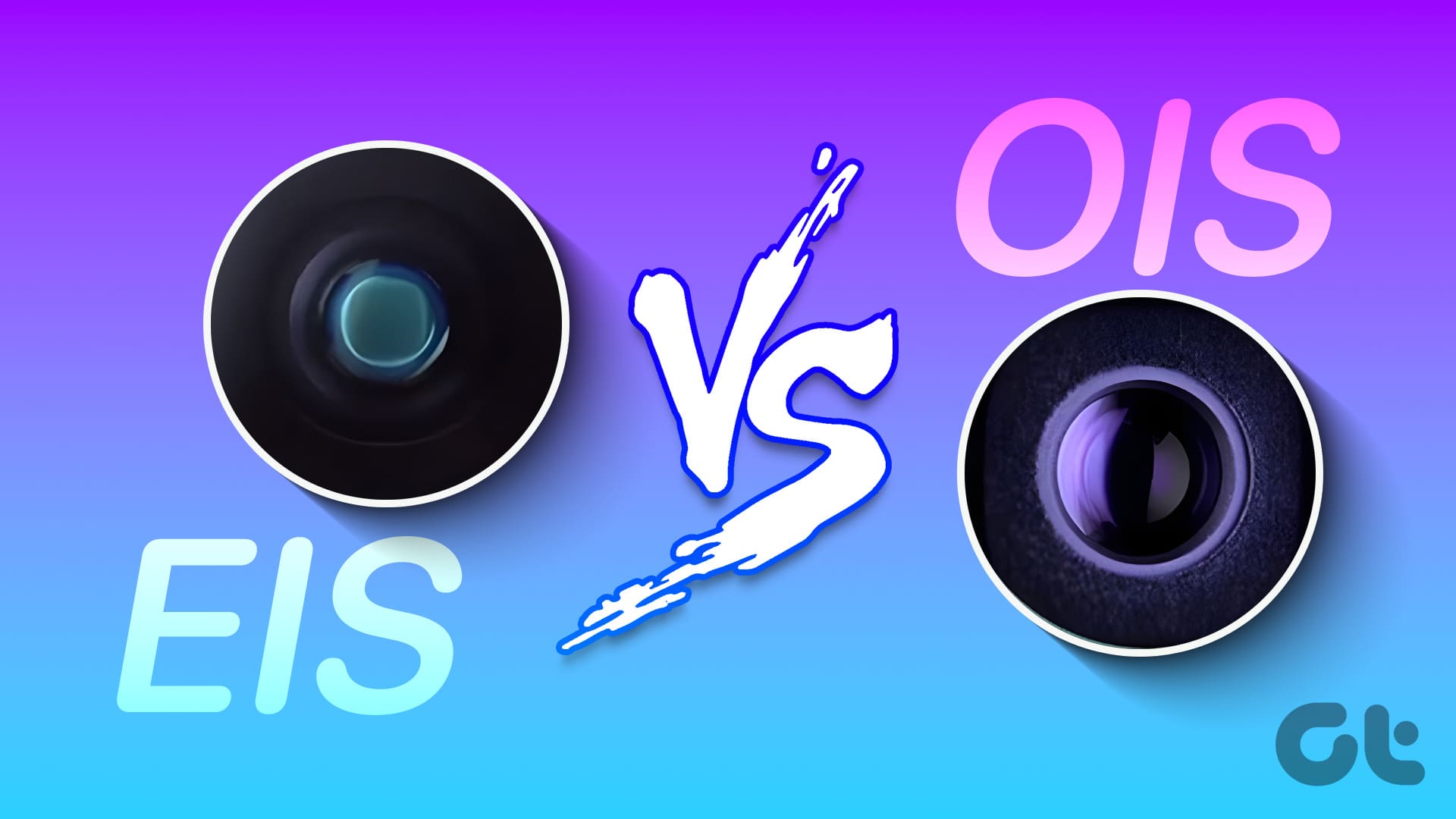
Image:NMBTC
The two primary methods popular in both dedicated cameras and smartphones are Optical Image Stabilization and Electronic Image Stabilization.
OIS relies on moving the camera lens itself to compensate for any external movements.
EIS on the other hand, relies on software algorithms to negate shakes and jitters.
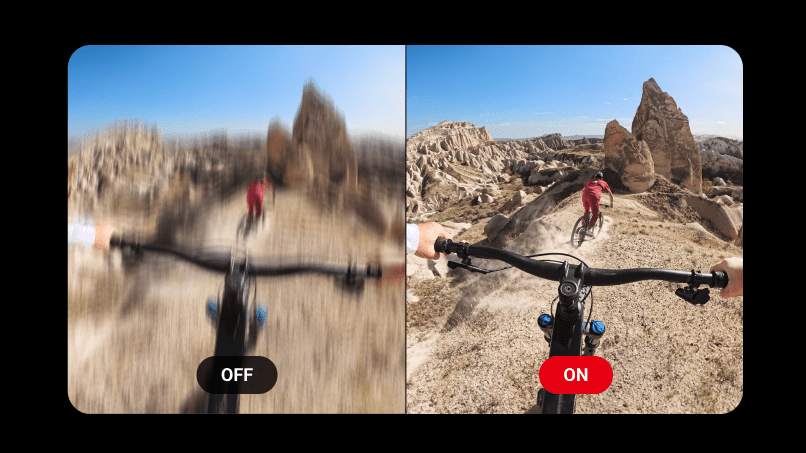
While both are effective methods of stabilization, you may often wonder which one has the upper hand.
In such situations, your phone will mostly remain stable since youre not moving around.
The result is a fairly stable video.
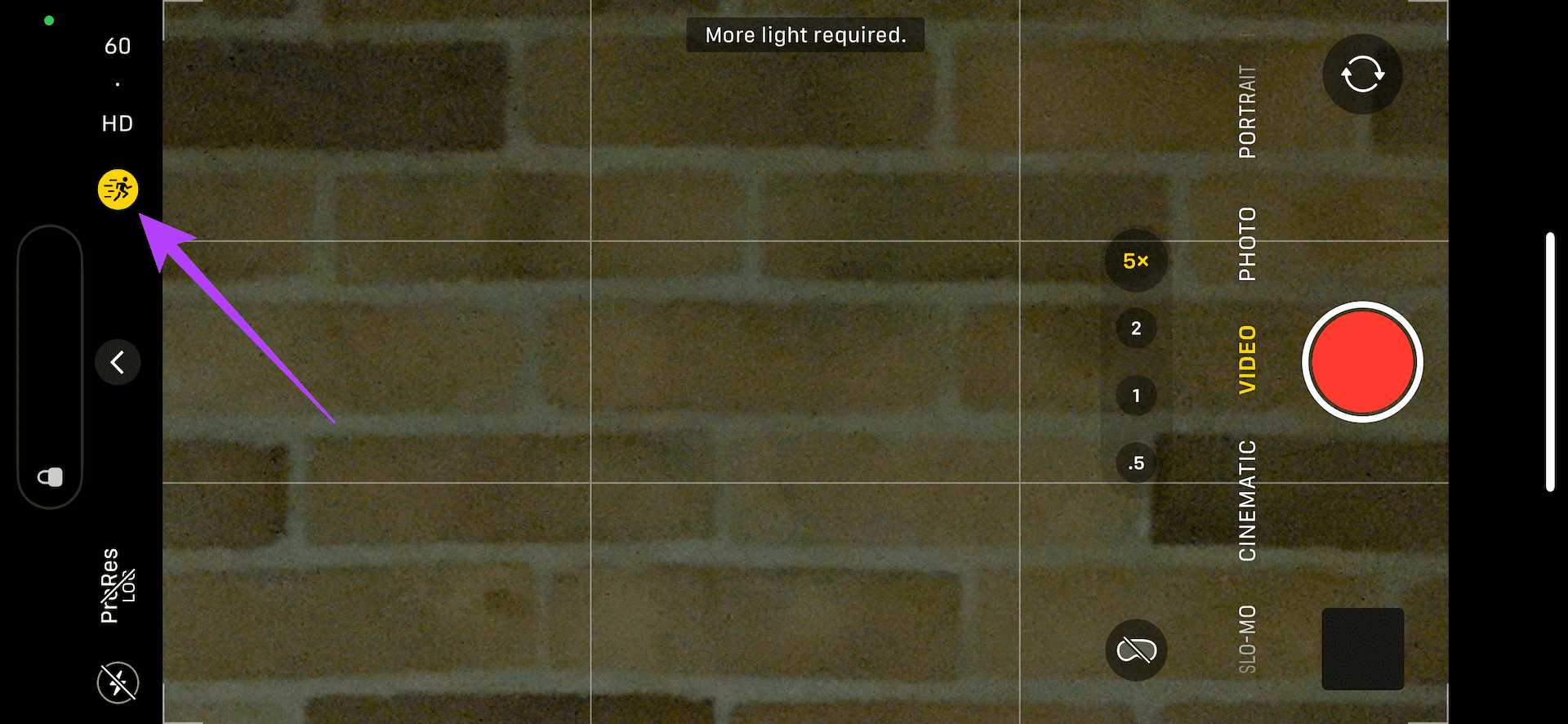
You may want to pull out your phone and record a moment with your child.
In this situation, youre not stable since youre walking.
Hence, the scenario is not the same as the one in the concert where youre stationary.
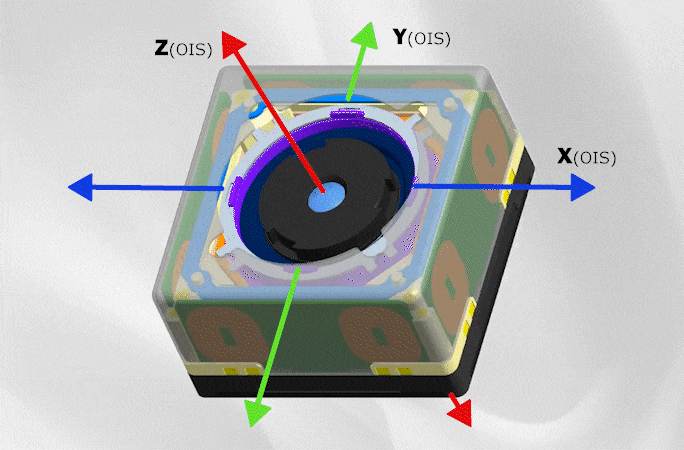
So, the video you shoot might be shaky.
However, nobody likes seeing shaky videos.
Theyre generally of bad quality and wont fetch you any likes on social media.
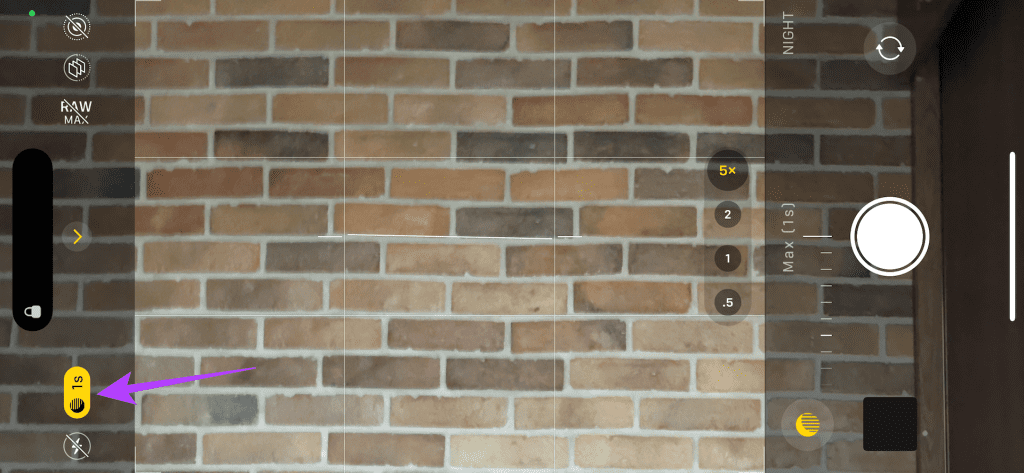
To tackle this issue, smartphone manufacturers bundle in features like EIS and OIS.
Why are there two different ways of stabilizing photos and videos?
And if theyre different, which is the more effective one?
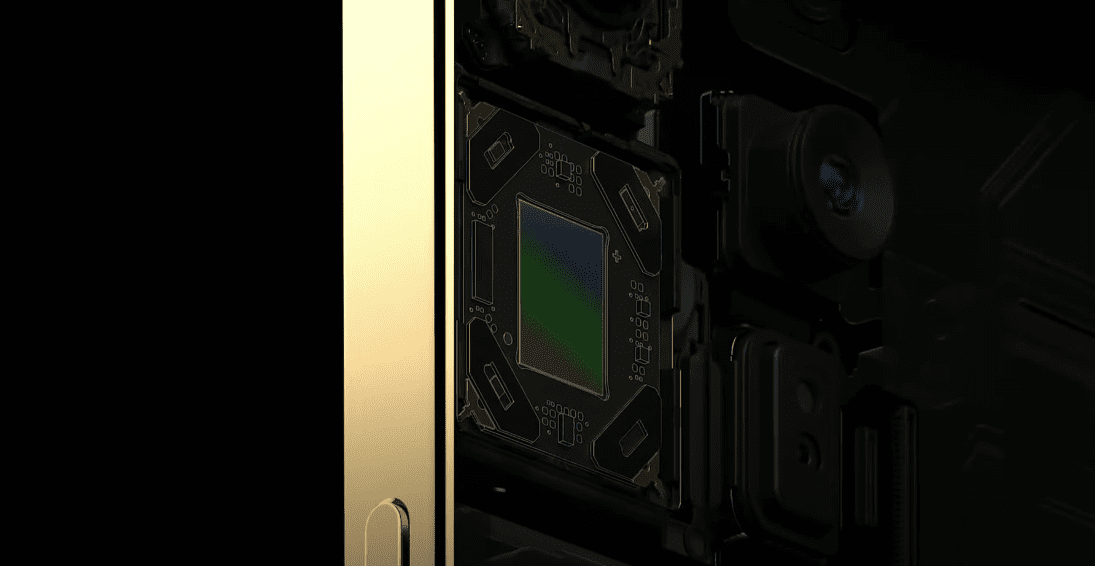
Lets delve deeper into both technologies to see which of the two is the best for image stabilization.
What Is EIS?
Electronic Image Stabilizationor EIS is primarily used to stabilize videos.
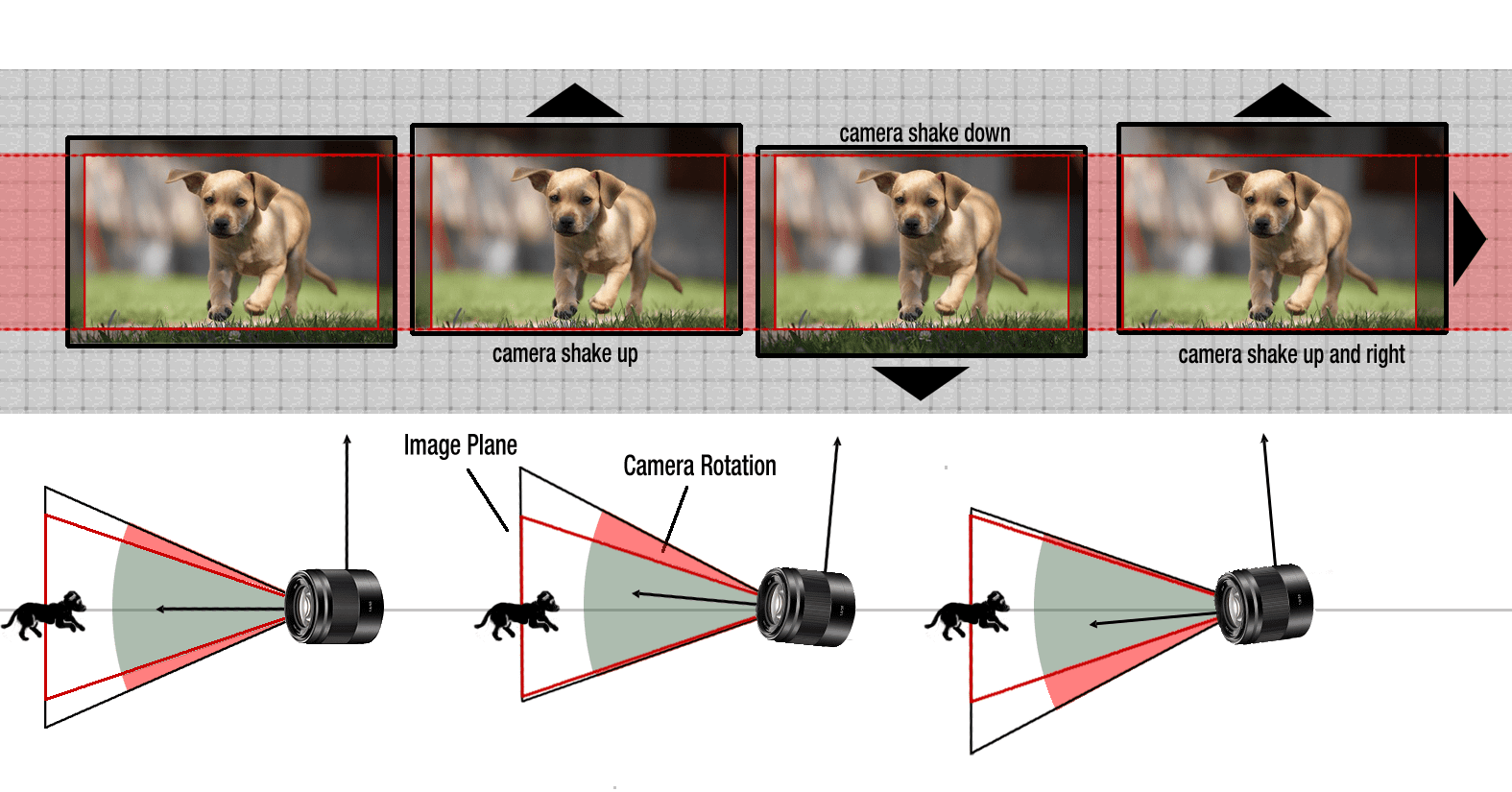
It uses a series of algorithms to determine shakes and jitters in a video.
It then eliminates these jitters with the magic of software.
You will notice a change in the field of view in both instances.

Several phones nowadays even offer a super-steady mode similar to the Action mode on iPhone devices when recording videos.
These modes generally default to recording videos using the ultra-wide camera so theres a larger frame to deal with.
The bigger the frame, the higher the area to crop in and reduce jitters.

Since EIS is completely software-based, you may encounter some issues at times.
What Is AIS?
AIS or AI-Image Stabilization is an extension of EIS.
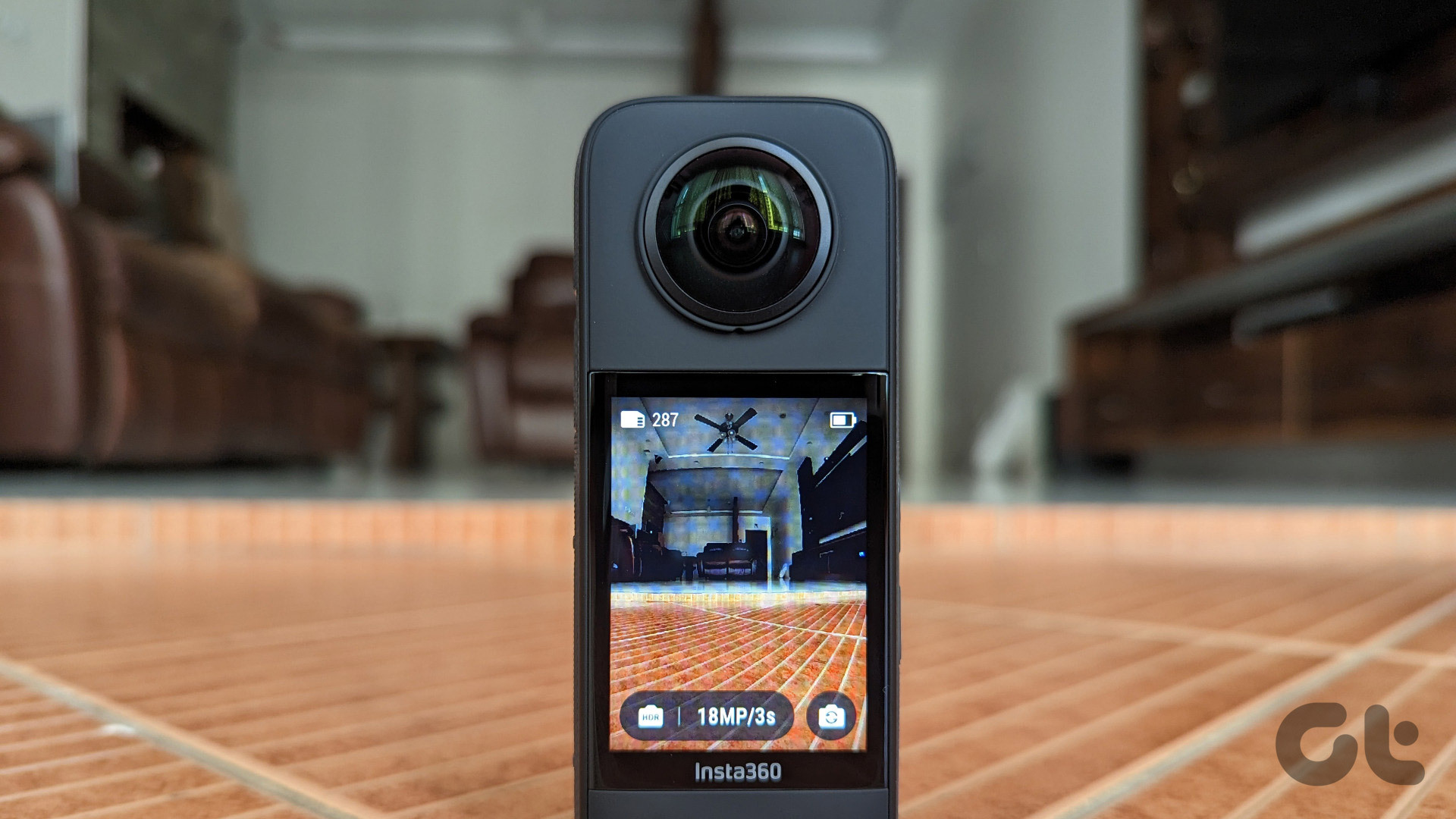
What Is OIS?
OIS uses a floating camera lens thats placed on top of the sensor with the help of magnets.
This is done to allow the lens to move freely in multiple axes.

This cancels out the shake/jitter and you end up with a stable shot.
This sound is nothing but the lens moving around to compensate for the shakes.
When taking photos at night, your smartphone needs to capture more light to brighten up the scene.

This is done by reducing the shutter speed.
OIS helps ensure your phone remains still for a longer duration by countering micro-jitters made by your hand movements.
Most modern-day smartphones also have adedicated night modeto shoot low-light photos.

This night mode uses stacking algorithms to click multiple photos with different exposure levels.
Thus, to click multiple photos, you should probably hold your phone still for a long duration.
Again, this is where OIS comes into play.

This is an even more sophisticated way of stabilizing photos and videos.
This helps in framing your shot and clicking a stable image.
Without OIS, it would be extremely difficult to click a 5X or 10X photo using a phone.

The role of EIS is often underestimated with most consumers believing OIS is responsible for stable videos.
While OIS does contribute towards making videos stable, its EIS that does most of the heavy lifting.
Another key difference between the two protocols is image quality.
Since EIS crops into a video, it results in a slight deterioration of image quality.
Theres no such drawback with OIS.
EIS vs OIS: Which Stabilization Is Best for You?
At this point, it must be clear to you that theres no better form of stabilization as such.
Both EIS and OIS are useful in their own ways.
Thats exactly why OIS is reserved for slightly more premium phones.
But it has its benefits as it offers much better stabilization for videos.
Was this helpful?
The content remains unbiased and authentic and will never affect our editorial integrity.